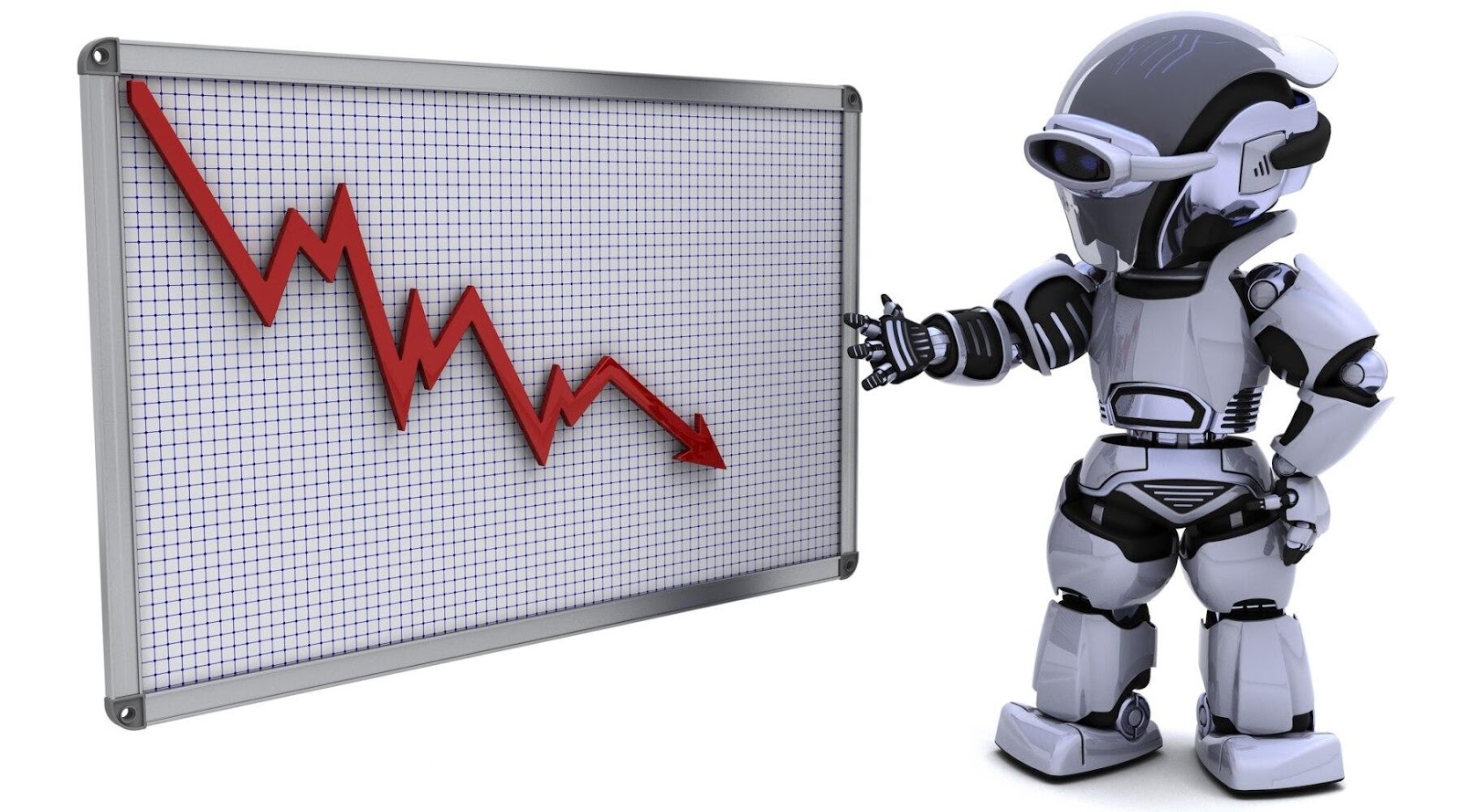Trading in financial markets attracts many people. Everyone is looking for an opportunity to make a profit, but with this comes the risk of encountering fraudsters. One of the major problems traders face is scam signals and fake trading robots.
The Concept of Scam Signals
Scam signals — are false trading recommendations designed to deceive and profit from traders' ignorance. These signals can come through various channels: social media, online forums, or even email. Often scammers create the illusion of mass success by writing about their «achievements» and «action plans» that should not be paid attention to.
The signals may appear convincing, providing traders with charts, statistics, and noticeable results. However, upon closer inspection, it becomes clear that the information does not match reality. Fraudsters fake results and provide false data about their "successes" using fake accounts on platforms or fake screenshots.

How Scam Signals Work
Scam signals come in various types. Most often, they relate to popular financial instruments, such as currency pairs or stocks. Scammers may offer:
- Deceptive trading methods that may initially seem profitable.
- Services offering access to «insider» information.
The process of disguised deception can look as follows: a trader receives a signal to buy, usually based on incorrect or outdated information. If they follow this signal, they are likely to lose their funds. It's important to understand that the primary goal of such schemes is not to convey useful information but simply to extract money from trusting traders.

Trading Robots and Their Dangers
Trading robots are becoming increasingly popular among traders. They promise to automate trading, analyze data, and make decisions based on algorithms. However, the market also features fake trading robots created by fraudsters.
Genuine trading robots are developed by qualified specialists. They rely on current data, historical statistics, and reliable algorithms. In contrast, fake robots may offer unrealistic results, promising huge profits without any effort.
Fraudsters often advertise their robots, claiming they can ensure profitability of 90% or higher. In practice, this is rare. You should not blindly trust such statements. Effective systems require careful personal setup and control.
How Fraudsters Promote Fake Trading Robots
There are many methods used by fraudsters to sell fake trading robots:
- False Reviews: Creating fake reviews on specialized platforms. This can create a false sense of trust among potential clients.
- Targeted Advertising: Fraudsters use social media to promote their services, drawing attention to "incredible" results.
- Bonuses and Promotions: Offering free access to the robot for a limited time, followed by deception when traders are offered "improved" versions for money.

Main Signs of Trading Fraud
There are several signs by which you can identify fraudsters and protect yourself from deception:
Unrealistic Promises
If someone promises you stable and high income in the shortest time, they are likely fraudsters. Professional traders know that the market is unpredictable and profit is not guaranteed. Studying and analyzing the situation – is the key to success in trading.
Aggressive Marketing Methods
Fraudsters often resort to aggressive promotion methods. If you are persistently offered trading signals or robots, be especially careful. True professionals provide information without pressure.
Confidential Data
Legitimate trading platforms will never ask you for personal data or passwords. You should not provide such information to strangers or platforms.
How to Protect Yourself from Fraudsters
Before starting to trade, it is recommended to conduct detailed research and follow a number of recommendations:
- Before trusting anyone, check reviews from other traders about the signal or robot. Reliable platforms usually have independent reviews. Transparency — is a key factor: if there is no information about the creator, this is a reason to be cautious.
- Many platforms offer the opportunity to test trading robots without risking your profit. This will allow you to evaluate the effectiveness of the system without investing your own funds.
- Evaluate whether the offers really seem realistic to you. Use common sense and intuition. If something seems too good to be true, it probably is.

Conclusion
Trading in financial markets attracts both experienced professionals and beginners. However, as trading's popularity grows, so does the number of fraudsters in the market. Scam signals and fake trading robots — are a serious threat to traders, capable of leading to significant financial losses.
It is important to be aware of the methods used by fraudsters, recognize the signs of fraud, and adhere to best practices. Use verified sources of information, trust only reliable platforms, and always approach new offers with caution. This way, you can minimize risks and trade successfully in financial markets.
 >
>